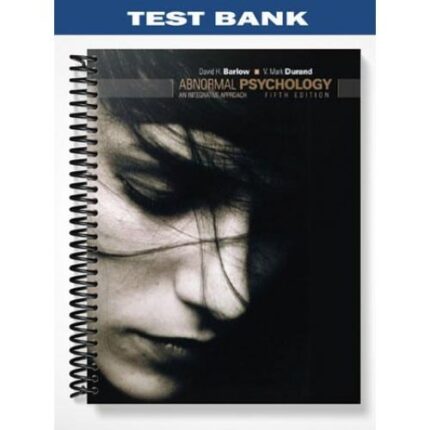Test Bank For Death & Dying Life & Living 7th Edition By Charles A. Corr
WHY THIS TEXTBOOK AND WHY A SEVENTH EDITION?
There is a rich, varied, and evolving body of knowledge currently available in the field of death, dying, and bereavement. This knowledge includes historical, demographic, clinical, and other data, as well as various ways proposed by scholars to understand or interpret that data and our experiences. Still, we have not yet achieved explicit frameworks that are capable of consolidating and unifying all of the existing knowledge in this very broad subject area. As a result, a textbook in the field of death, dying, and bereavement must do three things: (1) accurately report the most current data, knowledge, and leading theories that are available in the field; (2) strive to be more than a random collection of isolated and disconnected fragments of knowledge by bringing disparate elements together in a reasonably coherent whole; and (3) respect limitations of the present state of our knowledge.
We set out to develop the first edition of Death & Dying, Life & Living because we thought we had come to a point in our own teaching at which we could effectively articulate many of the things that students and other readers need to know about death-related issues. We also believed the field was at a stage in its development when it was beginning to identify connections at various levels between its many topics and points of view.
We were encouraged to build on that foundation in subsequent editions of Death & Dying, Life & Living by responses from those who used earlier editions, new developments in our field, our confidence in the basic soundness of the viewpoints we had adopted, and our conviction that we could articulate the book’s main lessons in more compelling ways. Two examples of surprising and previously unexpected developments in the United States during the last decade of the 20th century and the first decade of the new century were a decline in deaths associated with HIV/AIDS of over 74 percent between 1995 and 2007, and a reduction of approximately 55 percent in SIDS deaths between 1990 and 2007. In addition, deaths associated with Alzheimer’s disease rose by 66 percent in the United States during the period 2000-2008. In the Preface to the seventh edition of Death & Dying, Life & Living we note many important changes and distinctive features in this new edition.
Our description of the field of death, dying, and bereavement is faithful to both classical insights and recent developments. It also presents those materials in a format that enables you to teach your courses in ways best suited to the needs of your students and to your own interests and competencies. Thus, we have organized the contents of the seventh edition of Death & Dying, Life & Living, and of this Instructor’s Manual, not for their own sake, but for your use and for the use of your students and other readers.











